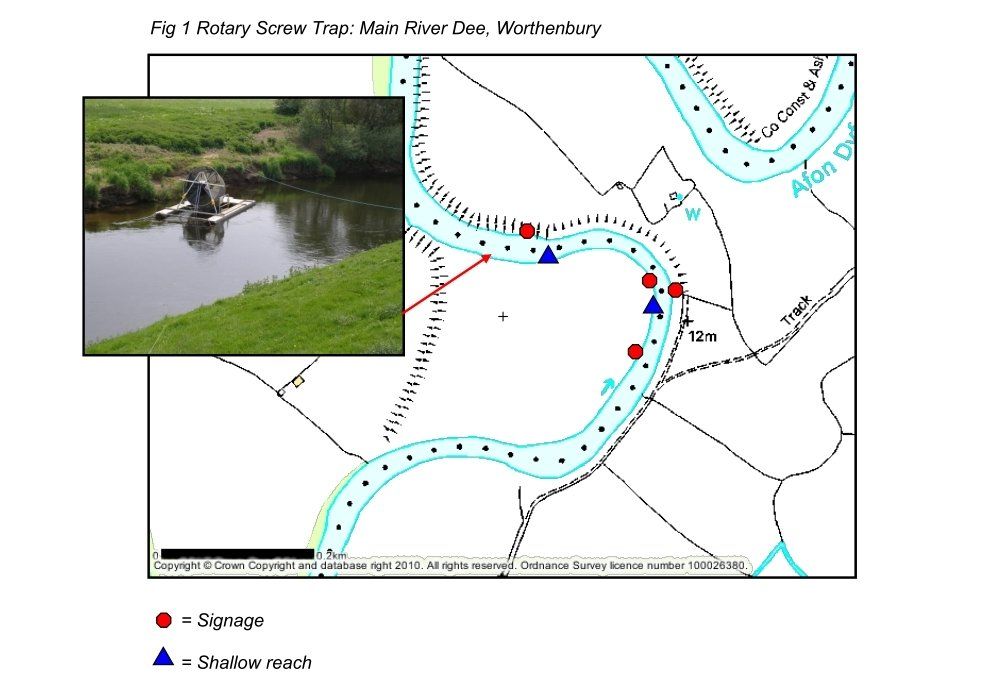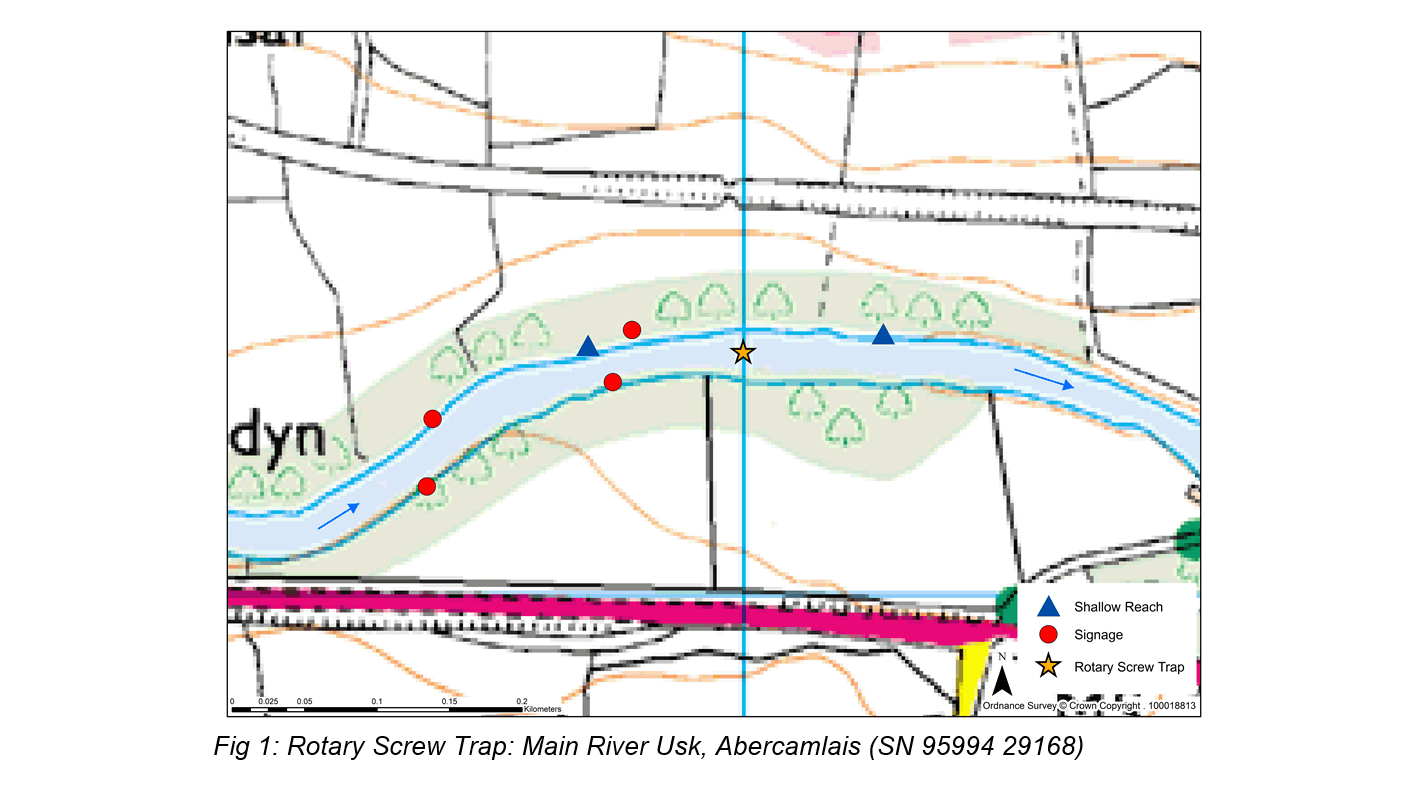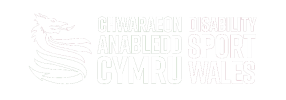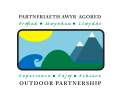- Home
- About
- Go Paddling
- #ShePaddles Cymru
- Qualifications & Awards
- Competition
- Resources
- Access to Waterways
- Ceufad
- Club Support and Affiliation
- COVID-19 Guidance
- Discounts and Special Offers
- Event Planning and Safety
- Insurance
- Craft Insurance
- Protecting Our Environment
- Safeguarding and Child Protection
- Report an Incident
- #ShePaddles Cymru Champion Club Programme
- The Canoeing Code
- Young Volunteers
- Shop
- Environmental and Access
- Standards For Deployment
- AGM 2024
SAFETY NOTICE: Fish trapping on the Dee, Ceiriog and Usk
Natural Resources Wales is operating fish traps at two sites in the Dee catchment - as well as one on the River Usk
WARNING! Despite NRW's best efforts to signpost these fish traps, we are aware that that they may cause a hazard for paddlers at certain water levels. Please be vigilant and make a note of where the traps are located before setting off on your journey. Pass with extreme care - or better still portage if at all possible.
Update (27 May): NRW removed all lines today from the right bank at Worthenbury. The trap is tucked against the left bank and should not present a hazard to paddlers. NRW will remove it altogether in the next few weeks.
Update (24 May): NRW were unable to dismantle the equipment at Worthenbury on Friday 21 May due to high water levels. They intend to carry out the work as soon as levels drop sufficiently to do so and will let us know when this has been completed.
Update from NRW regarding the trap at Worthenbury (20 May):
"The salmon/sea trout smolt run appears to be over earlier than in recent years – probably due to the prolonged spell of unusually wet weather experienced this month, so we plan to uncouple the trap and associated pulley and safety ropes from the right bank on Friday 21 May. Once that is done, the trap will be moored against the left bank without lines across the river, and so should present a negligible risk to canoe users. We will dismantle and remove the trap from the river soon after."
About the fish traps
Natural Resources Wales (NRW) is operating two rotary screw traps in the River Dee catchment - one on the main river at Worthenbury and the second on a tributary, the River Ceiriog at Chirk. They are also operating a further trap at Abercamlais on the River Usk.
These traps are designed to capture young salmon and sea trout on their journey to the sea - they are then tagged and released back into the river to complete their journey.
The traps are operated from March to June, and only from dusk till dawn, when they are manned.
When not in use, the traps are moved out of the main flow and close to the left bank, looking downstream. This leaves the main channel free of obstructions - except for mooring cables, ropes and safety lines, which lie either on or below the surface or are held above head height.
Please note there are warning lights and illuminated signs 50-200m upstream and on the traps themselves. There are also shallow sections upstream where paddlers can disembark.
More info including trap locations
To find out more, including details of where the traps are located, download these PDFs from Natural Resources Wales:
- Fish Traps in the River Dee Catchment
- Fish Trap on the River Usk -
please note the trap on the Afon Ysgir is not operating
Recent Posts
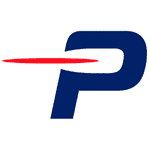
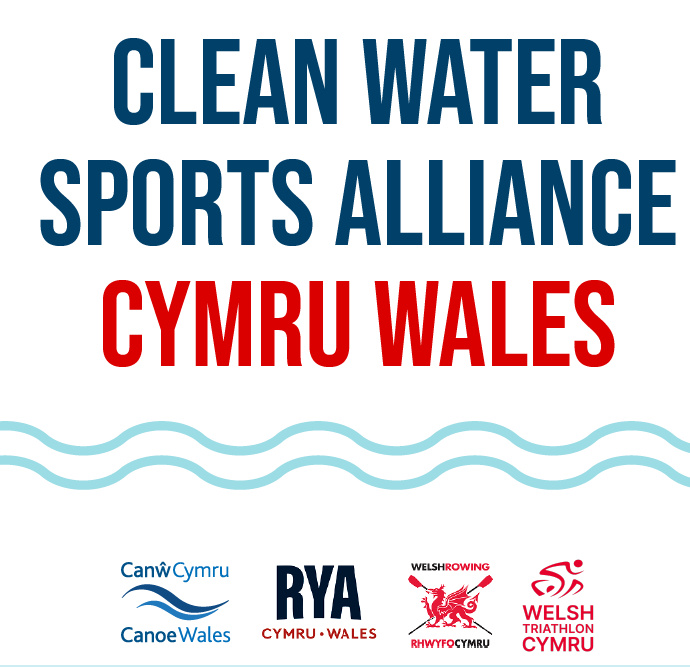
OUR PARTNERS
Canoe Wales | All rights reserved.
Website Design by Website Sorted
CANOE WALES, CANOLFAN TRYWERYN, FRONGOCH, BALA, GWYNEDD, LL23 7NU | Company No. 02478971 | VAT No. 115151262

